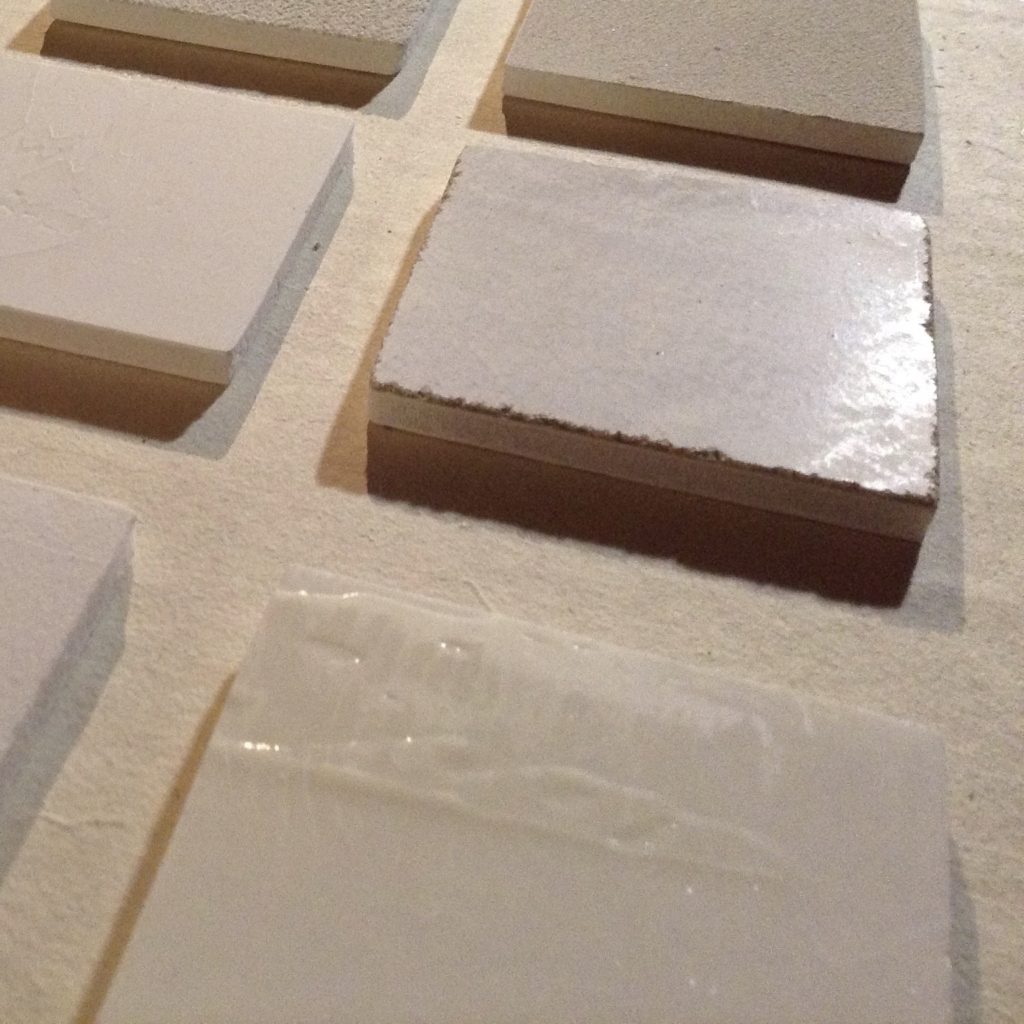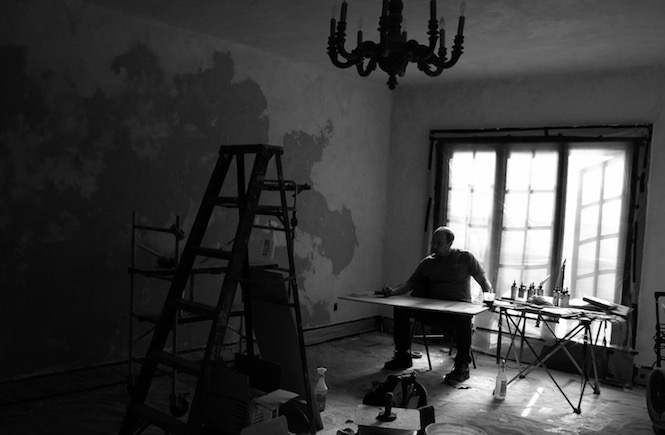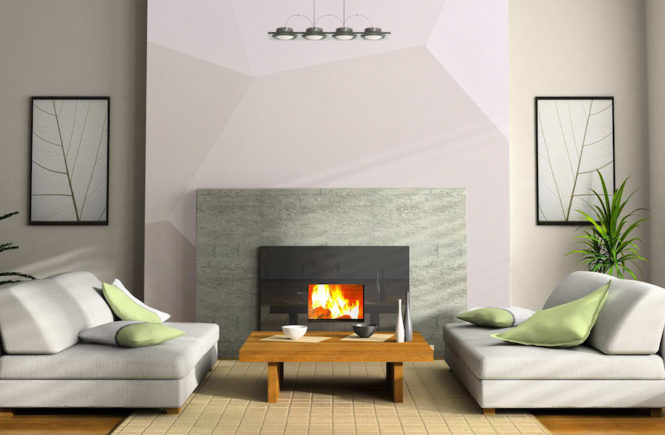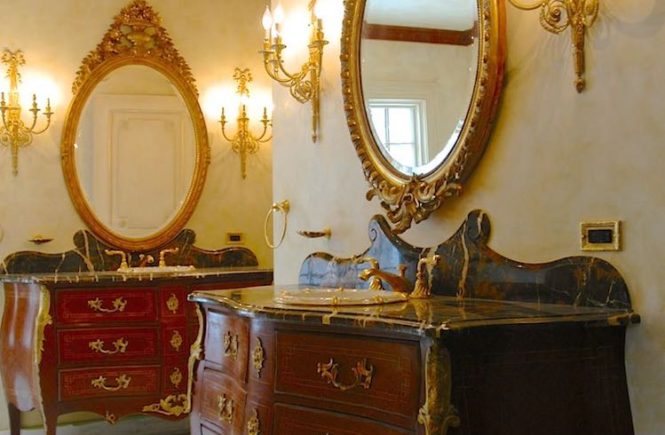Why do some “Venetian” plasters feel like plastic and others like real troweled stone?
We all suspect that the conversation about the surface is complicated. Tradespeople and coatings manufacturers do not use standard descriptors for their materials. Before plaster, a discussion was started by the curious minded investigators and rock collectors that we now call Mineralogists.
To identify and communicate their findings effectively, these more than often pedantic contributors to our understanding gravitated towards using a specific set of 13 words. Combinations of these words are used to classify the surface of a mineral or stone. The umbrella term for this system is Luster.

Understanding the language of Luster is key to design.
First, we dive into the language and the apparent advantage of knowing how to use it in practice and contract. It’s also poignant to visit the capabilities of the human eye to discern subtle differences. The new 33,000 megapixels, 7680 x 4320 pixels, 8K cameras seem to be overbuilt. According to NASA, the human eye is estimated to be only around 576 megapixels.
What does that mean for the discerning eye trying to dial in the right surface for a piece of furniture or the walls?
The human eye can continuously record data in the form of geometry, color, and movement at an alarmingly unmeasurable rate. A camera cannot perform this way.
What does that mean for the discerning eye trying to dial in the right surface for a piece of furniture or the walls?
The human eye detects the relationship between surface molecules. Whaaaaat? That’s right; we can see and predict the surface formation and current state with how it may weather or age. I imagine that at some point, this skill in its’ roughest form could have come from trying to discern solid ground vs. loose and unstable soil to walk on. This concept I would suppose led to our eventual ability to tell if a railing in an old house is hand worn and filled with hand oils or is a “fake”.
The words used to describe complex surfaces.
Okay, the words used by the Mineralogist are as follows: glassy, oily, earthy, chalky, pearly, metallic, dull, silky, vitreous/quartz-like, adamantine/diamond-like, waxy, resinous, and pitchy. There are of course terms intermixed like Sub Metallic or combinations thereof but what a great tool kit of words to describe the desired result of a surface!
Back to our original question; why some Venetian plasters look like stone, and others look like plastic. The answer is that the plastic one has plastic in it and the fantastic human eye, your eye, can tell the difference.
How do we use this to advance communication with painters, plasterers and, quite frankly, everyone working with designers?
The idea here is that these terms can improve our communication with clients and trades. Saying I would like it to be earthy and chalky is more effective than a word like Matte, which was provided to us by product manufacturers.
At some point, it blows your mind when you start having conversations about the emotional and behavioral response to these various surfaces. Surface in relationship to an environment is a more complicated topic that we will save for another time. Just know that when a client says, “I would like an intimate space” or “Can we make it more Classy?” it does, in fact, relate to the surface on a molecular level. You, as a designer, know this, and so do we.
Related Products



